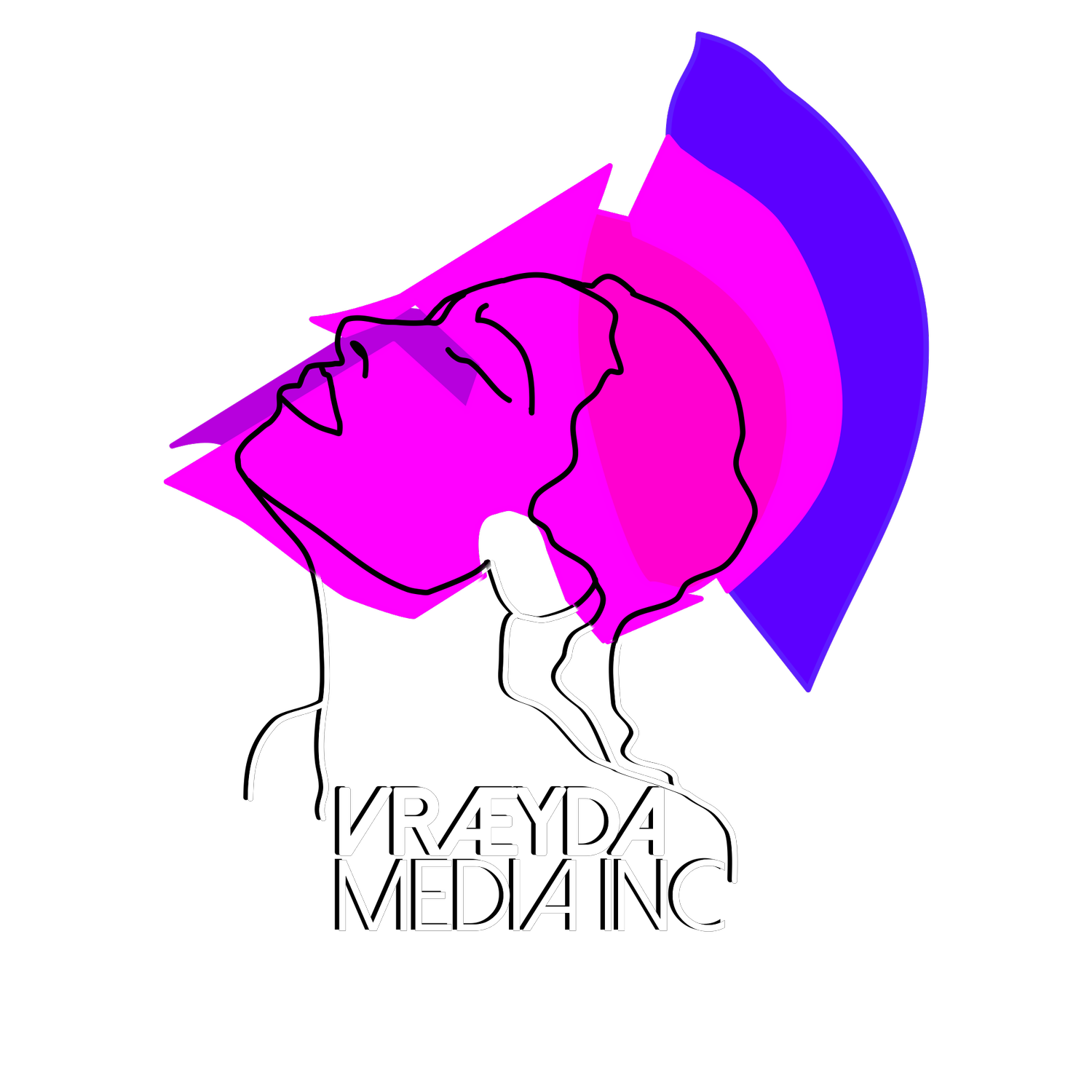ENCOUNTERs
encounters are the essence of every tabletop role-playing game.
WHAT IS AN ENCOUNTER?
An encounter is a conflict a gamemaster presents to the players so their characters can interact with the game world. What this conflict is can range from a town crier yelling out the latest news to a monster trying to eat them. They also come in differing levels of complexity that range from a single conversation to a three-stage act. This complexity is based entirely on the players’ decisions, A clever gamemaster can prepare for this with minimal work simply by knowing the the three stages of an encounter.
INTRODUCTION
This is the first stage. It is here where the characters begin the encounter and experience the hook. The gamemaster describes the area and the creatures there, taking care to set the tone and deliver the most important information, if any, the gamemaster intended this encounter to reveal.
EXAMPLE: ”The cobbled path widens into a lovely walled garden. A white bench sits invitingly near the orange flowers cupping their long petals to resemble a fluted glass. Strong green stems held them tall over broad leaves speckled with glistening red. One speck dripped off a leaf, landing in a growing pool, its red clashing with the green grass. A gentle breeze wafts the welcoming scent of the flowers to you along with a warm coppery tang. No one was here, not even Meadowbrook.” Here the gamemaster reveals that Meadowbrook is not where he’s supposed to be.
MIDDLE
This is the second stage. It is here where the main purpose of this encounter is revealed. This is where bonus information is revealed only if the characters act to discover it. In our example, a character peering over the flowers finds the body of Meadowbrook and a set of large footprints ending at the tall hedges. Now the characters know Meadowbrook is not missing but killed.
END
This is the third and final stage of the encounter and is also the main event. It can be used to reveal more detailed bonus information or even be a combat. In our example, the gamemaster has decided that anyone stepping up to the hedges will cause an orc armed with an axe to jump up and swing their already bloody blade. How that ends will be determined by the characters. If they survive, they will now know that Meadowbrooks was killed by an orc.
Though most encounters are often only intended to be the introduction, the gamemaster should always keep in mind that their players might push things further and start thinking of potential options. When it comes to combat encounters, the gamemaster should plan out the first three rounds. Unless it’s meant to be a boss or mini-boss type of fight, these combats will rarely last much longer.
BEYOND THE STRUCTURE
Encounters are the building blocks for sidequests, one-shots, adventures, dungeon crawls, and campaigns. All of these have a more complicated structure than the encounters themselves. Encounters in these are linked and a clever gamemaster keeps ready to interchange them as their players wander through the adventure. Sometimes, though, our players do things so unexpected we have to come up with an encounter on the spot. A gamemaster keeping the structure of an encounter in mind can buy themselves a little time to think as they scramble behind the gamemaster’s screen.

